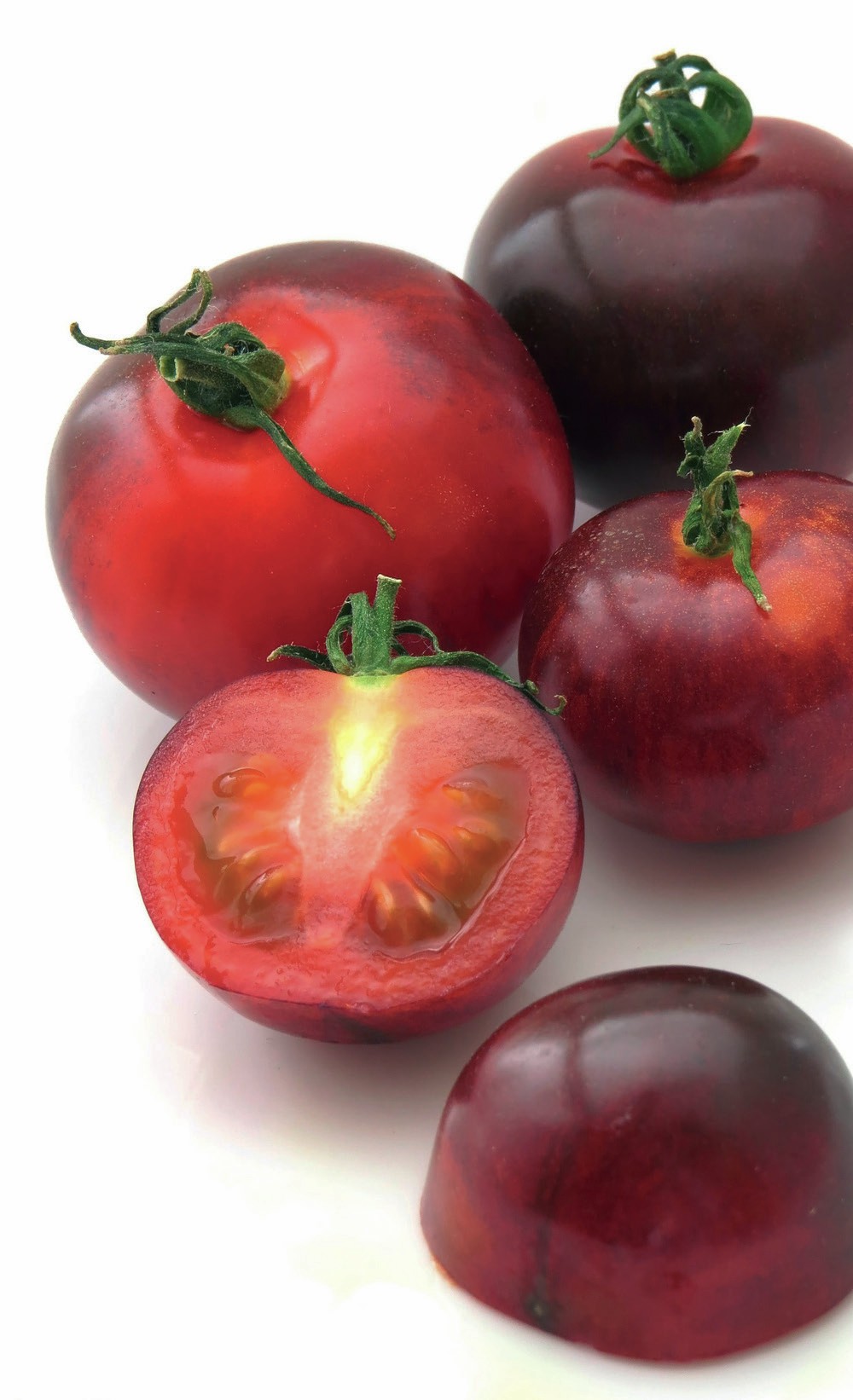
At this time of year, those of us living in temperate zones witness the power of plant pigments. Leaves on deciduous trees — those that shed their leaves in preparation for the winter months — change colour. Many that were green all summer gradually become paler and turn brown, others change to more dramatic hues. What is going on?
First let’s examine what leaves do during the spring and summer. Each is like a solar panel — soaking up sunlight and using it to produce a fuel that the plant can use. Pigments are the molecules that capture the light — and all plants have several pigments in their light-harvesting complexes. The most familiar of these are the chlorophylls. These molecules selectively absorb wavelengths of light in the red and blue parts of the visible spectrum, leaving the green wavelengths to be reflected.
Your organisation does not have access to this article.
Sign up today to give your students the edge they need to achieve their best grades with subject expertise
Subscribe




